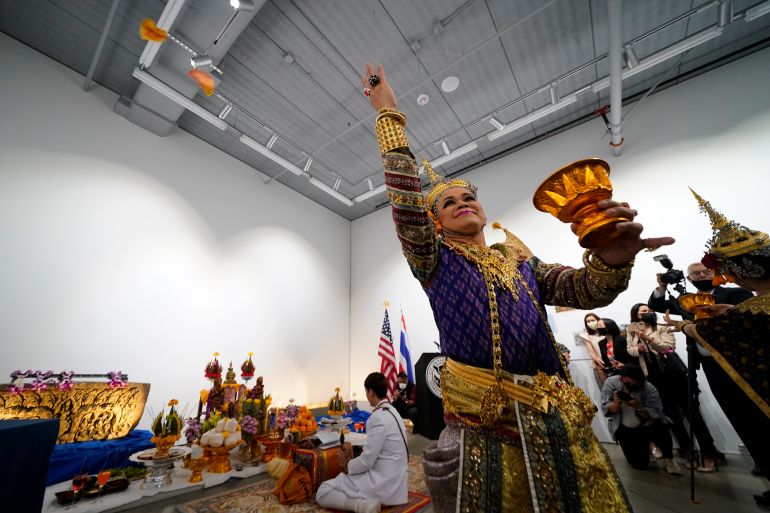UC Irvine in talks to take over OCMA: L.A. arts and culture this week
UC Irvine and Orange County Museum of Art have signed a nonbinding letter of intent, which, if approved by the University of California Board of Regents in the fall, would bring the museum under the university’s control, effectively merging it with UC Irvine’s Langson Institute and Museum of California Art.
The news comes two months after OCMA’s CEO, Heidi Zuckerman, announced her intention to step down in December, and a week before the museum launches its 2025 California Biennial, “Desperate, Scared, But Social,” set to run Saturday though Jan. 4.
“This represents a thoughtful next step in OCMA’s evolution,” said OCMA board chair David Emmes in an email. “Partnering with UC Irvine would offer new opportunities to strengthen our mission, expand educational impact, and position the museum as a lasting and dynamic cultural anchor for the region. We look forward to next steps and the possibilities of this collaboration.”
The $93-million, 53,000-square-foot OCMA building, designed by Morphosis, debuted in October 2022 as the crown jewel of the Segerstrom Center for the Arts in Costa Mesa — a full 35 years after it was announced as an ambitious plan by the small Newport Harbor Art Museum.
Its opening drew more than 10,000 visitors in its first 24 hours, and admission for the first decade of operation was made free thanks to the financial largesse of Newport Beach’s Lugano Diamonds. Cracks soon began to appear, though, as architectural critics and columnists, including The Times’ Carolina Miranda, noted that the pricey building did not seem to be fully finished.
OCMA’s contemporary collection has a broader scope than UC Irvine’s, which focuses on California art, including early 20th century California Impressionism. If the merger happens, UC Irvine would no longer build a planned new museum on its campus and instead fold that effort into OCMA. UC Irvine is in the early stages of searching for a director for its museum, but the parameters of that search are likely to change, too. OCMA has not yet launched its search for Zuckerman’s replacement, so the two efforts would probably be combined. No logistics for how that might work are yet available.
A merger would add the impressive Buck Collection to OCMA’s treasures, which real estate developer Gerald Buck bequeathed to UC Irvine upon his sudden death in 2017. Buck had amassed more than 3,200 paintings, sculptures and works on paper by some of the state’s most important artists, including Joan Brown, Jay DeFeo, Richard Diebenkorn, David Hockney and Ed Ruscha.
“OCMA has long contributed to the cultural vibrancy of our region, and UC Irvine is honored to explore this promising partnership,” said UC Irvine Chancellor Howard Gillman in an email. “As a university committed to discovery, creativity, and public service, we see great potential in combining our strengths to expand access to the arts, deepen engagement with California’s artistic legacy, and support new generations of creators and scholars.”
The Board of Regents will vote on the merger in the fall. In the meantime, both institutions are in the exploratory stages of figuring out how a merger would work.
I’m arts and culture writer Jessica Gelt looking to merge with some vacation time this summer. Here’s this week’s arts roundup.
Best bets: On our radar this week
Newsletter
You’re reading Essential Arts
Our critics and reporters guide you through events and happenings of L.A.
You may occasionally receive promotional content from the Los Angeles Times.

Actor Peter Weller, left, and author William Burroughs, right, with director David Cronenberg on the set of the 1991 movie “Naked Lunch,” loosely based on Burroughs’ drug-infused novel of the same title.
(Jean-Louis Atlan / Sygma via Getty Images)
Naked Lunch
Vidiots hosts the local premiere of a new 4K remastering of David Cronenberg’s 1991 adaptation of William S. Burrough’s quasi-autobiographical novel. “I’m not trying to do ‘Naked Lunch’ literally,” Cronenberg told The Times upon the film’s release. “I’m doing something else. I’m writing about writing, so in a way I’m writing about the process of writing ‘Naked Lunch.’ ” But even that is motivated by something Burroughs says in the book: “There is only one thing a writer can write about: what is in front of his senses at the moment of writing … I am a recording instrument … I am not an entertainer.” The film’s star, Peter Weller, will be in attendance, signing his new book, “Leon Battista Alberti in Exile.”
7:30 p.m. Monday. Vidiots, Eagle Theater, 4884 Eagle Rock Blvd. vidiotsfoundation.org

Chris Shyer, Alison Ewing and the national touring company of “Parade,” opening at the Ahmanson Theatre on June 17.
(Joan Marcus)
Parade
Michael Arden’s triumphant Tony-winning 2023 Broadway revival of Alfred Uhry and Jason Robert Brown’s musical drama proved that one of more challenging works in the modern musical repertory is an indisputable classic. This breathtakingly ambitious show tells the story of the 1913 trial of Leo Frank, a gross miscarriage of justice that culminated in his antisemitic lynching. While parsing the social and political context, the musical never loses sight of the protagonist and his wife, finding room for the heartbreaking personal side of an American tragedy that reveals the dark side of our collective past.
Tuesday through July 12, Ahmanson Theatre, 135 N. Grand Ave., downtown L.A. centertheatregroup.org
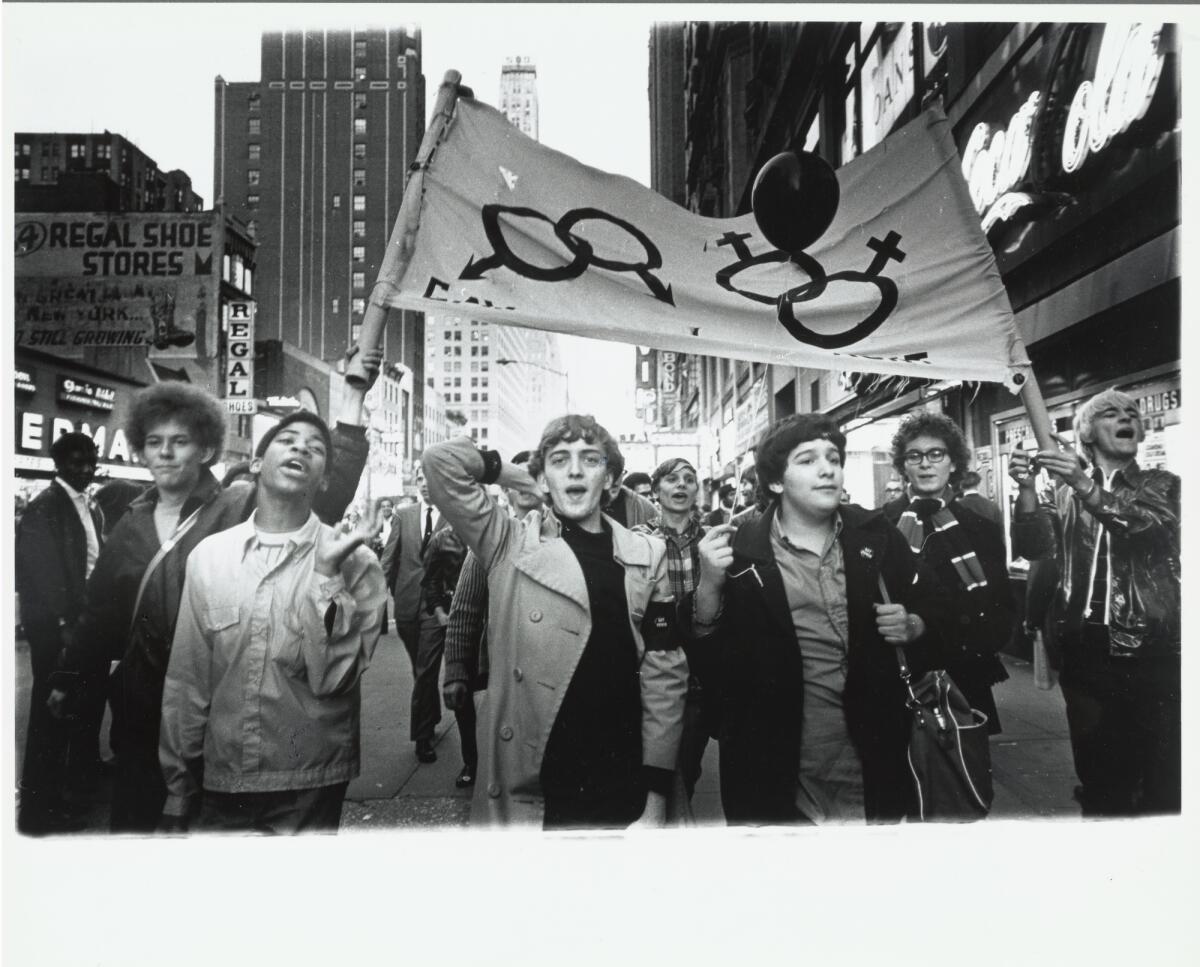
Gay Liberation March on Times Square, 1969. Gelatin silver print.
(Diana Davies/Manuscripts and Archives Division, New York Public Library, Astor, Lenox and Tilden Foundations)
Queer Lens
With a provocative title that centers queer imagery within established photographic history since the mid-19th century, this exhibition will examine the ways in which the accessibility and immediacy of camerawork have shaped perceptions of LGBTQ+ people. Organized chronologically, “Queer Lens” spans from “Homosocial Culture and Romantic Friendships, 1810-1868” to “The Future is Queer, 2015-2025,” with sections covering language and identity, the gay liberation movement, the AIDS crisis and more.
Tuesday through Sept. 28. J. Paul Getty Museum, 1200 Getty Center Drive, L.A. getty.edu
Culture news

President Trump stands in the presidential box as he tours the John F. Kennedy Center for the Performing Arts in Washington on March 17.
(Associated Press)
President Trump made a grand red carpet appearance at the Kennedy Center premiere of “Les Misérables” on Wednesday. This marked the first time the president has attended a show at the theater since firing its board and installing himself as chairman. With First Lady Melania Trump on his arm, the president took his seat in the president’s box. The Washington Post reported that he was greeted by boos before “cheers and chants of ‘U.S.A.!’ sought to compete.” The following day, the White House Office of Communications issued a press release titled “President Trump, First Lady Met with Standing Ovation at Kennedy Center,” which went on to describe “thunderous applause.” A video in the Post story depicts a different reality.
The SoCal scene
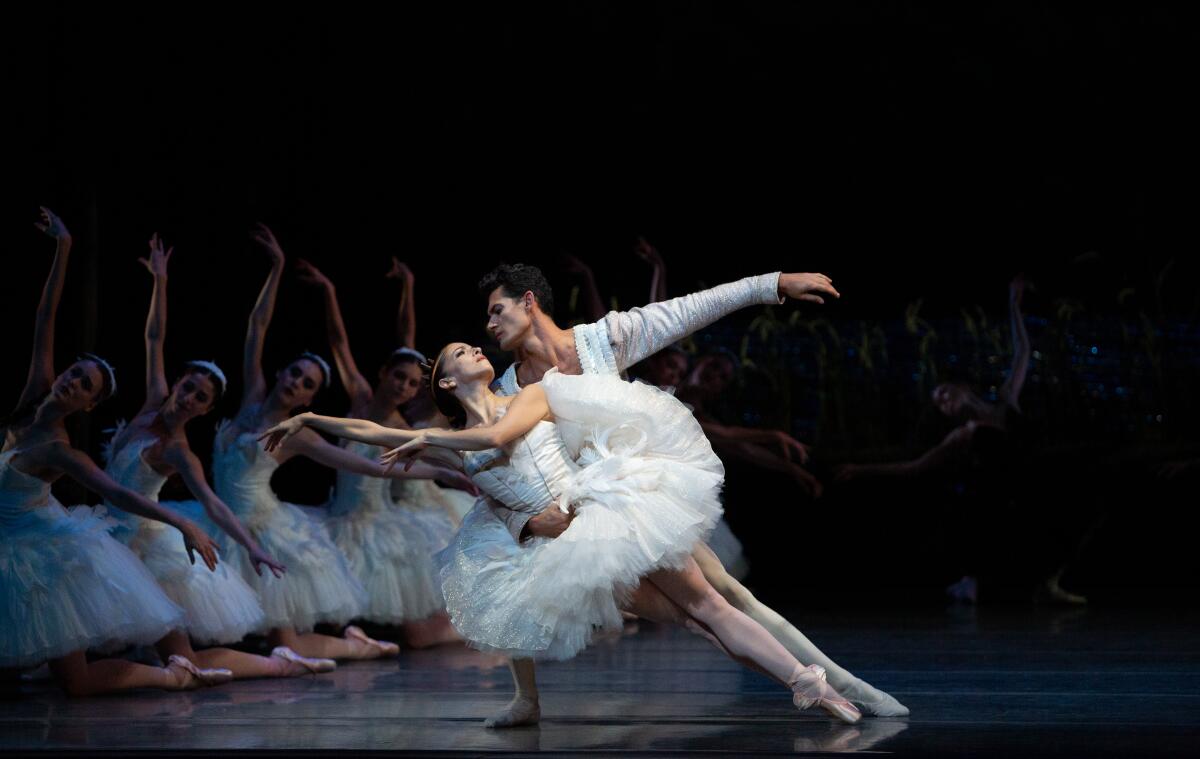
Miami City Ballet’s “Swan Lake.”
(Alexander Iziliaev)
Miami City Ballet is bringing Tchaikovsky’s “Swan Lake” to the Segerstrom Center for the Arts’ Segerstrom Hall for five performances June 20-22. It’s a special version of the classic ballet choreographed by Alexei Ratmansky — the former director of Moscow Bolshoi Ballet who left Russia in in 2008 and later became an artist in residence at both American Ballet Theatre and New York City Ballet. Ratmansky reimagined “Swan Lake” using historical information and archival documents dating to an 1895 premiere at St. Peterberg’s Mariinsky Theatre, choreographed by Marius Petipa and Lev Ivanov. That revival, based on an 1877 ballet titled “The Lake of the Swans,” became the favored version going forward, and Ratmansky has used this historical context to anchor his interpretation, with music played live by Pacific Symphony. Tickets are available at scfta.org.
Orange County Museum of Art is throwing a free block party from 11 a.m. to 9 p.m. on Saturday, to celebrate the opening of its 2025 California Biennial, ”Desperate, Scared, But Social.” The event will feature a curator-led tour of the exhibit as well of plenty of food trucks and artist-themed snacks at the museum’s cafe Verdant. Guests are also invited to make their own risograph posters and zines and to craft screen printed tote bags and shirts. A concert for the whole family will kick off at 7 p.m. with performances by the Linda Lindas, Seth Bogart & The Punkettes and Brontez Purnell, as well as a reunion by Emily’s Sassy Lime.

“In the Pocket Painting,” Jonas Fisch.
(Jonas Fisch / Saatchi Art )
Saatchi Art, an online gallery with two L.A.-based executives, is celebrating its 15th anniversary. CEO Sarah Meller and Director of Sales and Curation Erin Remington have built the platform into an online marketplace that helps launch careers including that of Jackie Amezquita, who started out with Saatchi and last year won the Audience Award at the Hammer’s Made in LA Biennial.
With curfew exemptions from L.A. City Council, performances resumed Thursday night at the Music Center but audiences were reluctant to return downtown. L.A. Opera said attendance at “Rigoletto” was 554, roughly 1,000 less than its projected attendance. Center Theatre Group said slightly more than 300 ticket holders showed up for “Hamlet” at the Mark Taper Forum, which seats 739 and had been at 85% capacity (about 630 seats filled) prior to the introduction of a curfew. A representative said the company heard no reports of problems getting in or out of downtown.
Enjoying this newsletter? Consider subscribing to the Los Angeles Times
Your support helps us deliver the news that matters most. Become a subscriber.
— Jessica Gelt
And last but not least
Times music writer August Brown interviewed Beach Boys co-founder Al Jardine about Brian Wilson, who died last week at 82. “I just lost my best friend and mentor. It’s not a good feeling, but I’m going to carry on and continue to play our music and perform with the Pet Sounds Band,” Jardine told Brown.
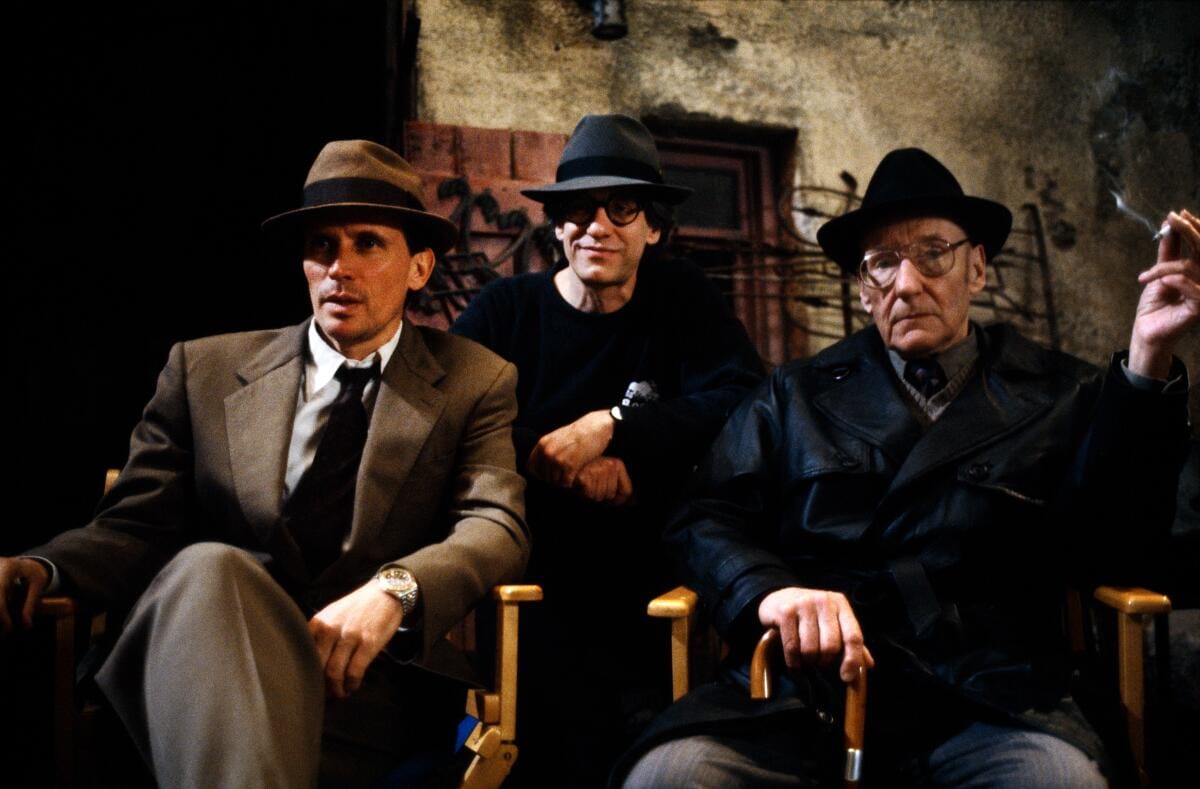




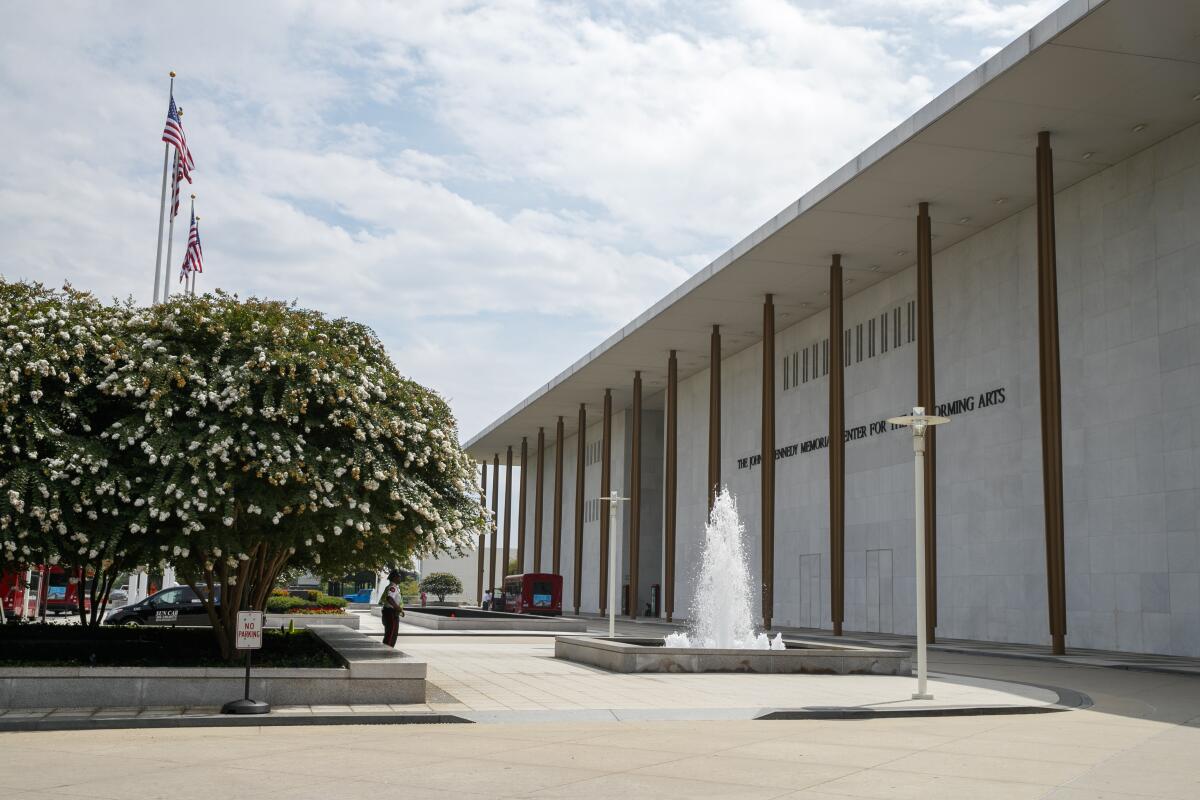
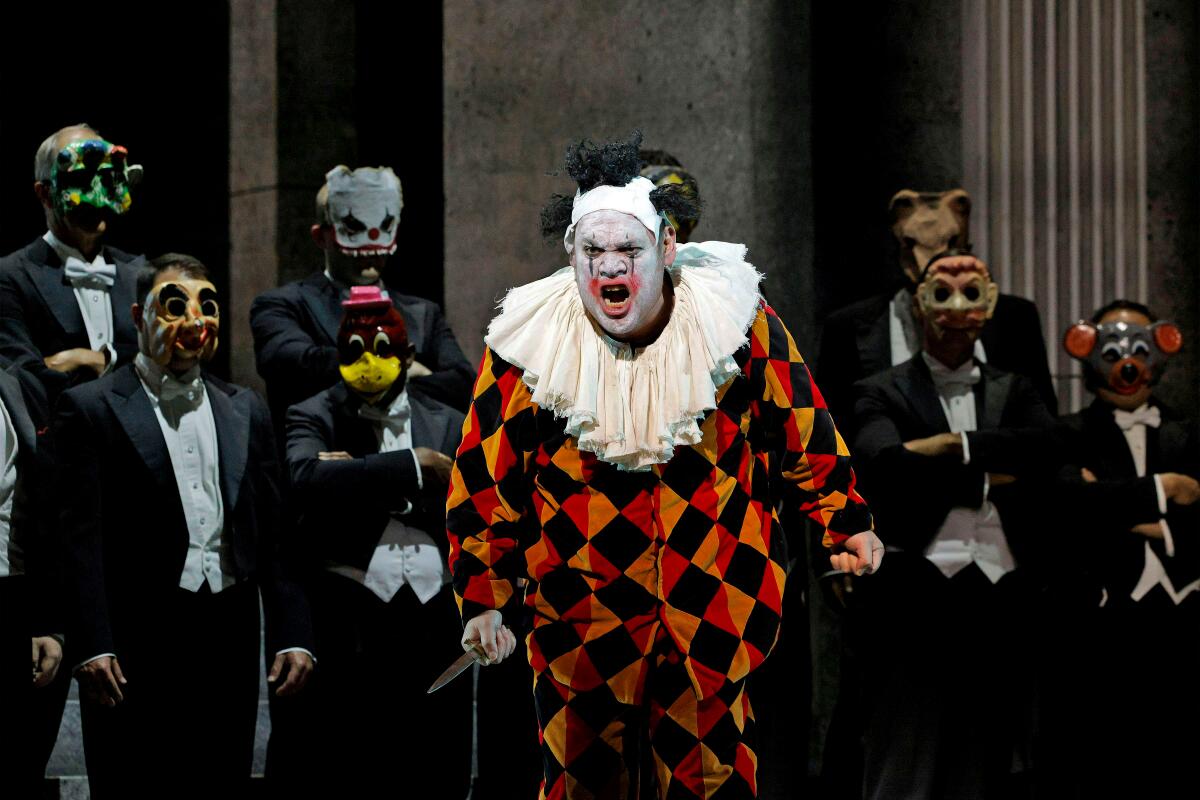

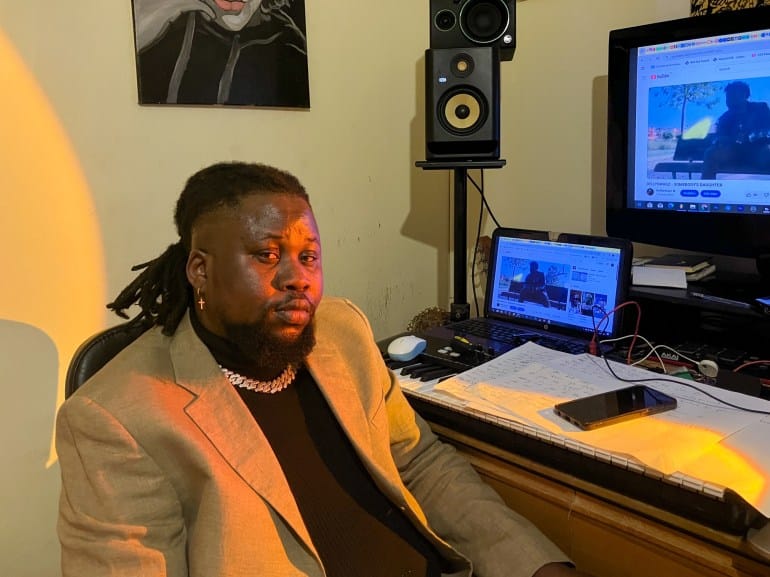

![Prince’s lyrics are personal and often have to do with overcoming pain, trying to be successful and live the “good life.” [Michela Moscufo/Al Jazeera]](https://www.occasionaldigest.com/wp-content/uploads/2025/06/IMG_5788-2-1748242592.jpg)
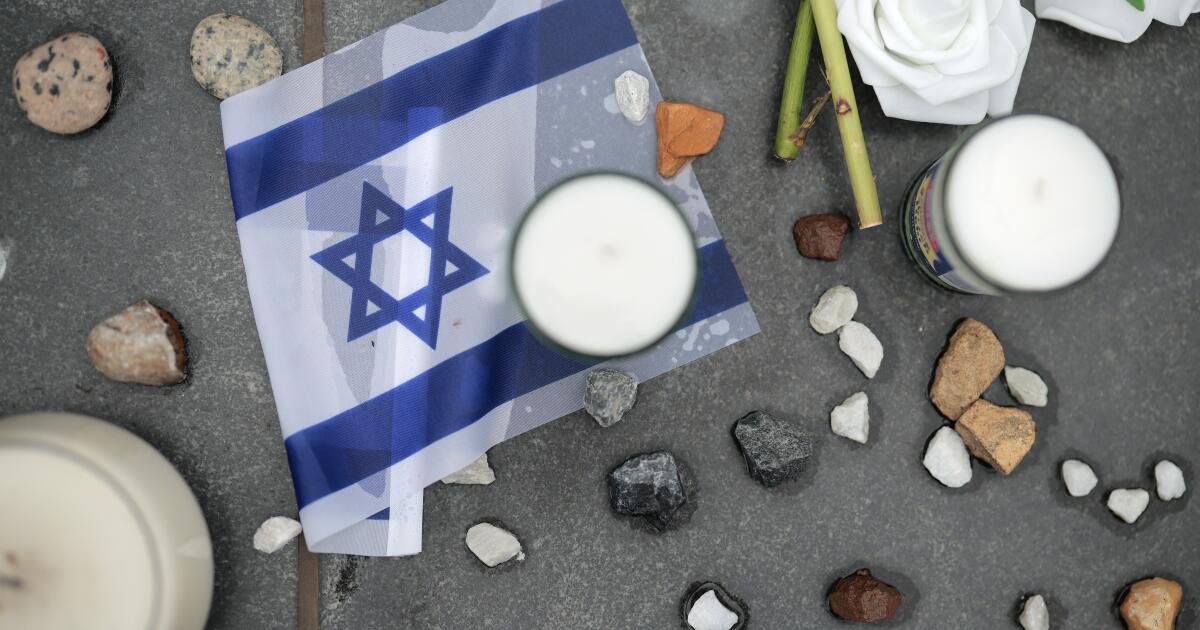








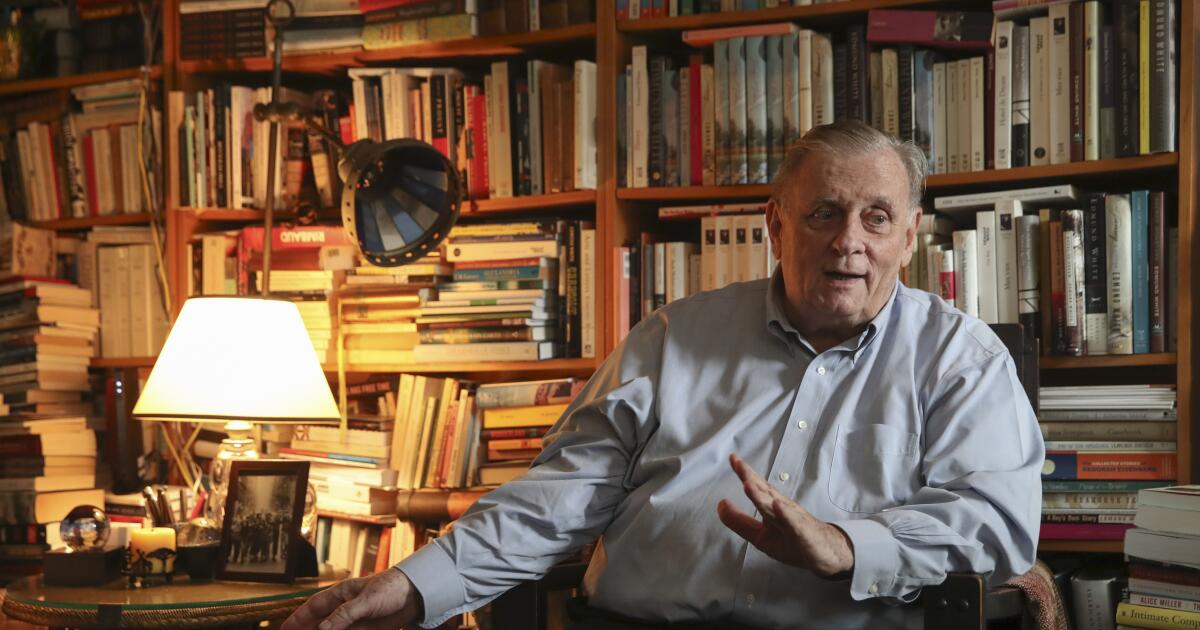
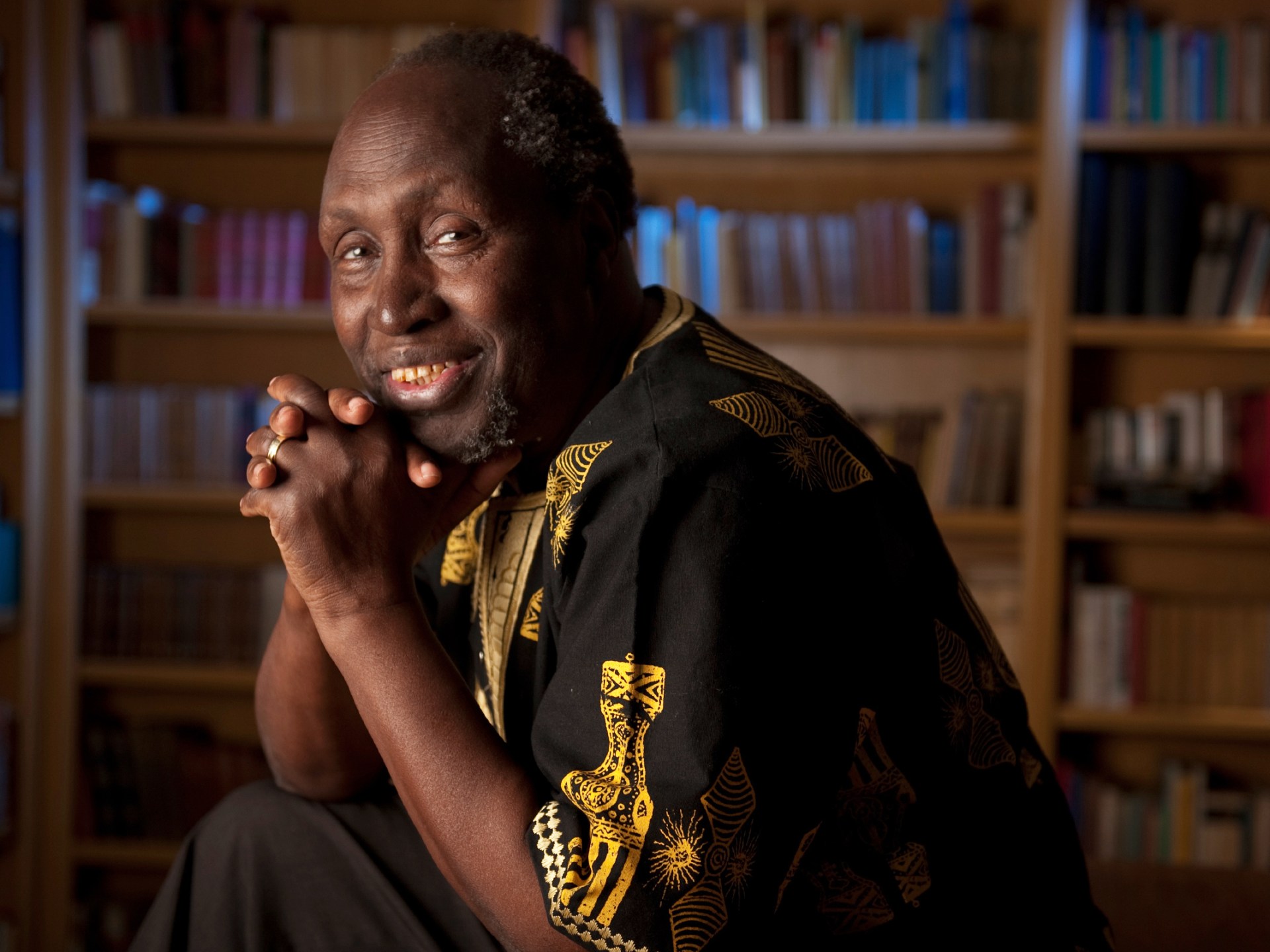


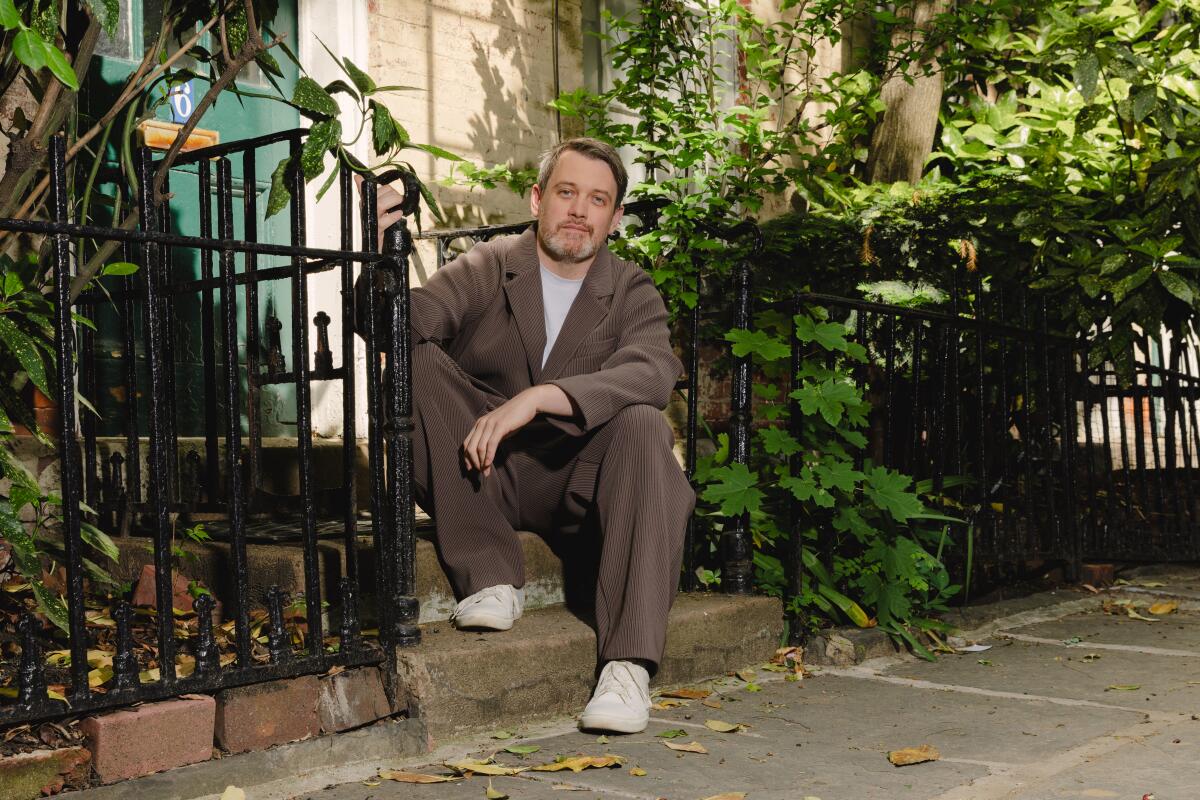
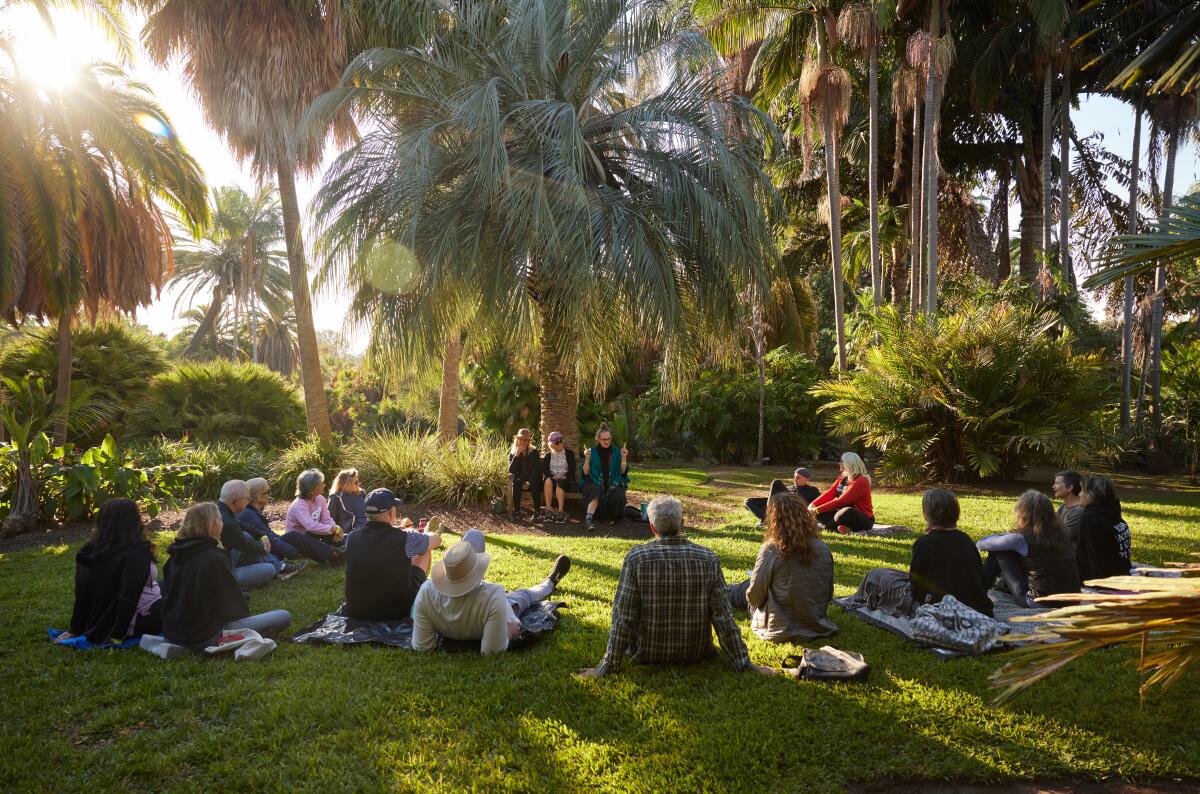

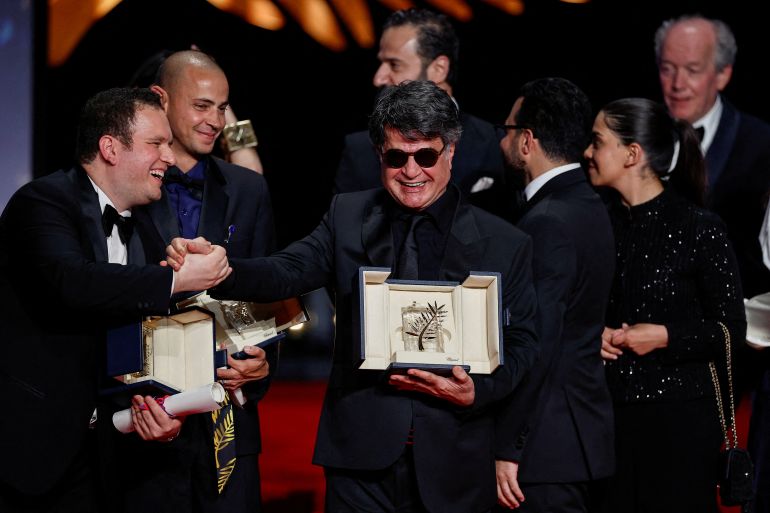



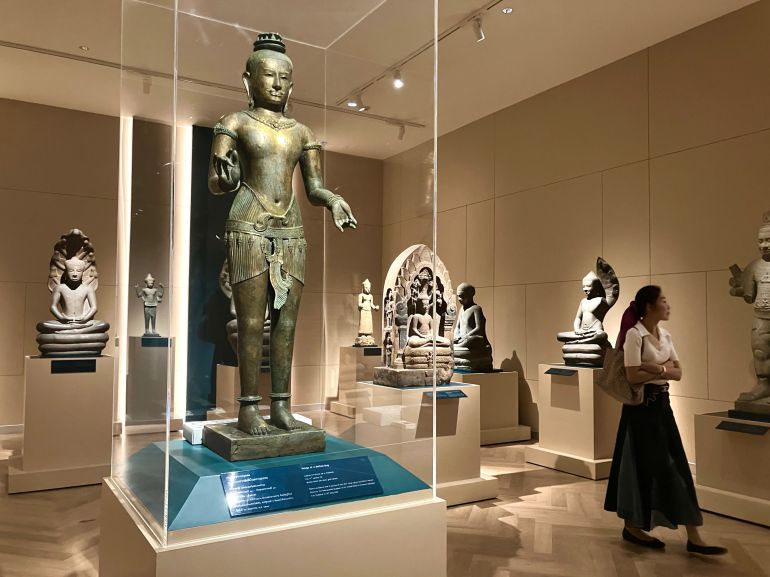
![The Golden Boy statue on display at the National Museum Bangkok, Thailand, following its return last year from New York's Metropolitan Museum of Art [Zsombor Peter/Al Jazeera]](https://www.occasionaldigest.com/wp-content/uploads/2025/05/Gold-Boy-2-1747982889.jpg)
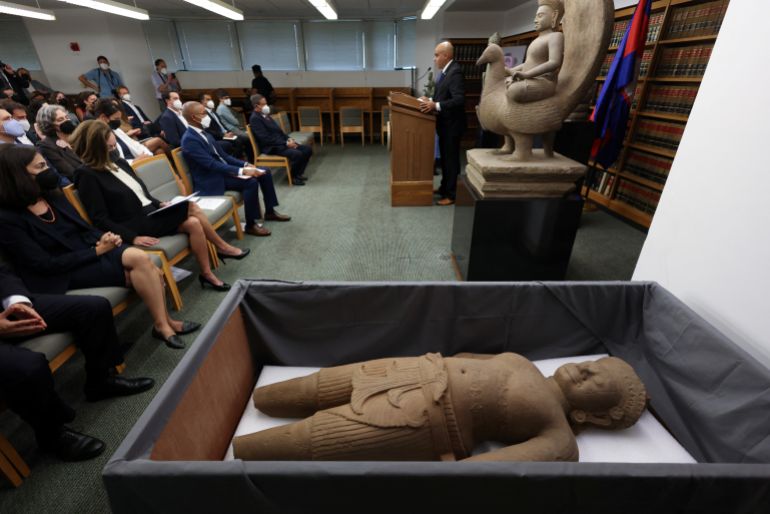

![The Kneeling Lady on display at the National Museum Bangkok, Thailand, following its return last year from New York's Metropolitan Museum of Art [Zsombor Peter/Al Jazeera]](https://www.occasionaldigest.com/wp-content/uploads/2025/05/Knee-Lady-1747982733.jpg)
![Plai Bat 2 temple in Buriram province, Thailand, from where the Prakhon Chai hoard was looted in the 1960s, as seen in 2016 [Courtesy of Tanongsak Hanwong]](https://www.occasionaldigest.com/wp-content/uploads/2025/05/Temple-2-1747983054.jpg)
